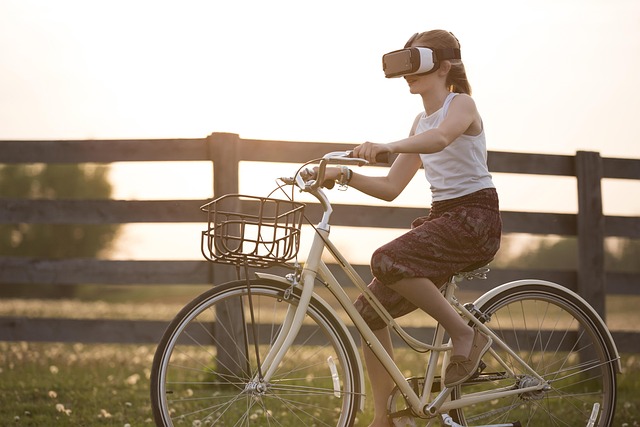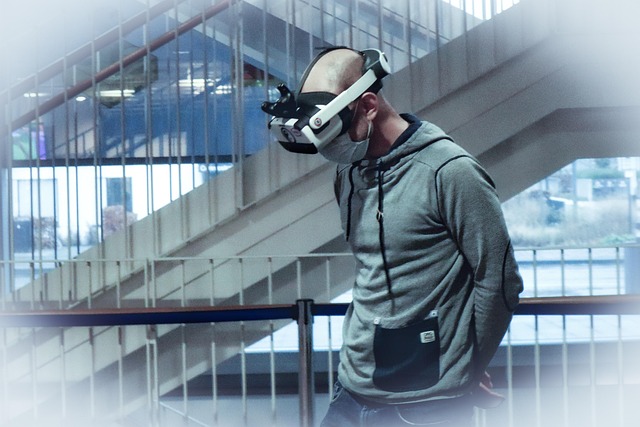Revolutionizing Healthcare Interaction with Virtual Reality and Augmented Reality: A Dive into the Metaverse
In the rapidly evolving world of healthcare, the way professionals and patients interact is undergoing a groundbreaking transformation. At the heart of this revolution lies the powerful blend of Virtual Reality (VR), Augmented Reality (AR), and the immersive universe of the metaverse. These technologies are not just futuristic concepts; they are already redefining how healthcare simulations drive learning, treatment, and patient engagement.
The Power of Healthcare Simulations in Virtual Reality
Imagine stepping into a fully immersive environment where medical students can practice complex surgical procedures without the risks inherent in real-life operations. VR-powered healthcare simulations enable just that—offering an experiential learning platform that feels incredibly real. Trainees can interact with 3D models of human anatomy, rehearse emergency responses, and even experience patient symptoms first-hand. This kind of interaction accelerates skill acquisition, boosts confidence, and ultimately improves patient outcomes.
Augmented Reality: Bridging Real and Virtual Worlds
While VR immerses users completely in simulated environments, AR enhances real-world settings by overlaying digital information. Picture a surgeon wearing AR glasses during an operation, seeing vital statistics and 3D imaging seamlessly integrated into their field of vision. This augmentation transforms routine procedures into highly interactive experiences, reducing errors and enhancing precision. For patients, AR can provide interactive educational tools, allowing them to better understand their conditions and treatments through visually rich, engaging content.
The Metaverse: The Next Frontier in Healthcare Interaction
The concept of the metaverse—a fully interconnected virtual universe—pushes the boundaries of healthcare interaction even further. Within the metaverse, healthcare professionals, patients, and educators can gather in a shared, persistent digital space to collaborate and communicate in real-time. Imagine virtual clinics where patients from remote areas can meet specialists face-to-face, attend therapy sessions, or participate in health workshops without leaving their homes. This redefined interaction opens up unprecedented opportunities for accessibility and personalized care.
The integration of VR, AR, and the metaverse is not only enhancing healthcare simulations but also forging new pathways for meaningful interactions. As these technologies continue to mature, they promise a future where healthcare is more immersive, interactive, and inclusive—empowering everyone involved to engage in dynamic, impactful experiences.




